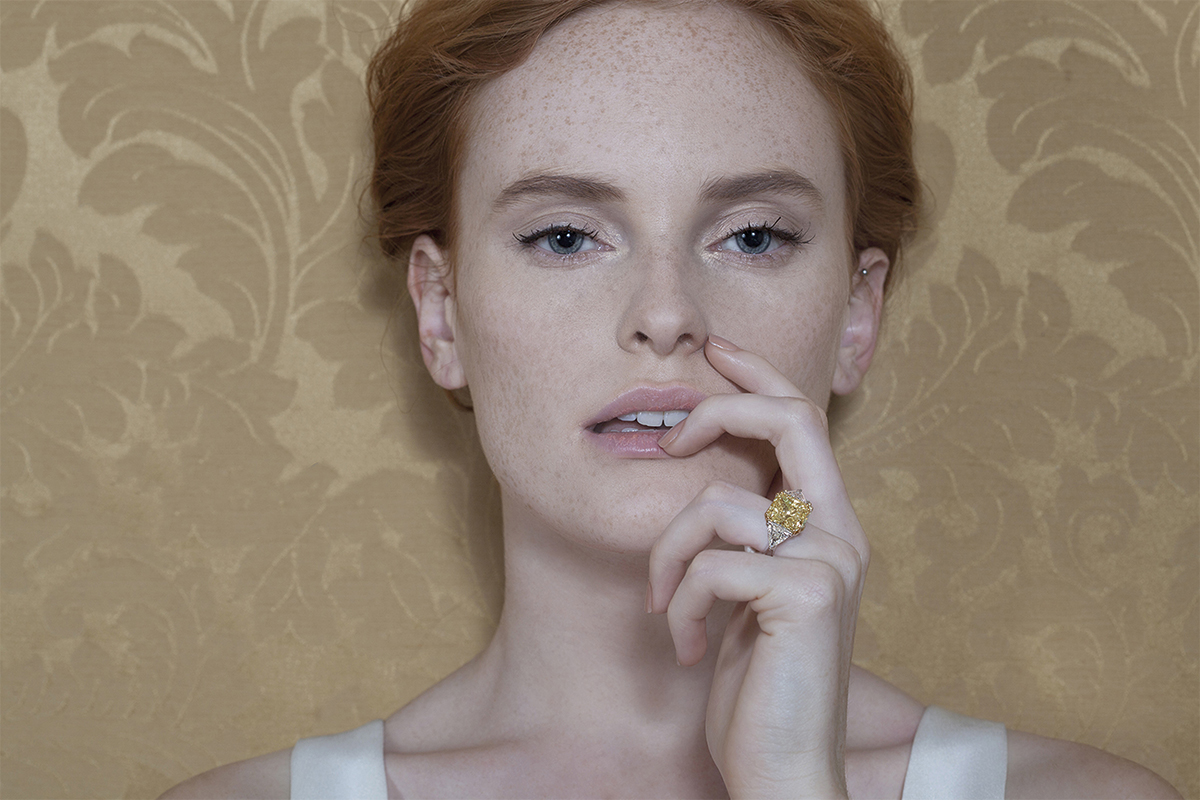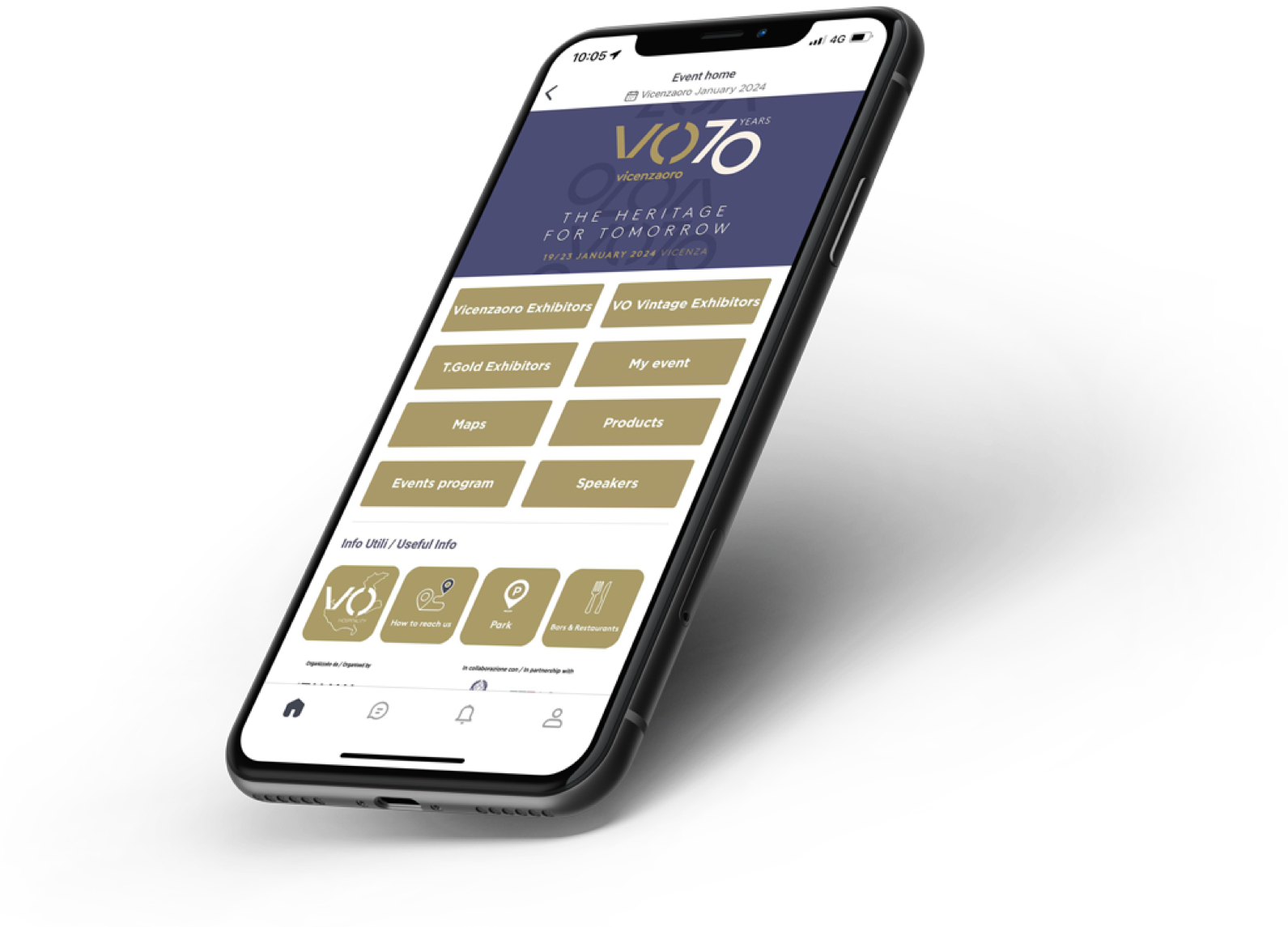MEET THE BUYERS: The biggest challenge? Tailor-made jewelry

How has the market changed in the last 10 years in terms of requests from both the public and companies?
Jewelry requests have changed radically: years ago, we would select the stone and, together with the client, create a “personal” item. Now everything is going in the direction of the brand and buying is faster and less personal. And if that were not enough, e-commerce is conditioning purchases even further by making them impersonal and speedy, often dictated by fleeting input rather than real needs. And this is “killing” the family store.
What’s the biggest challenge that the market is having to face today also in view of the current global situation?
The biggest challenge is returning to unique, personal, “tailor-made” jewelry. As we said, the new tendency of entrusting in influencers (paid by big brands) rather than a real expert who is truly able to give advice, is making our work more and more difficult. The second challenge is keeping the growing “industrial” diamond market well apart from that of natural diamonds. The final customer is not aware of the real difference in terms of value and substance.
Best sellers past and present: what do the changes tell us?
In the past, while jewelry with precious, colored stones was the most popular, nowadays, 90% of unbranded jewelry sales only have diamonds and no semi-precious and/or precious, colored stones.
Are luxury watches still a status symbol? Do status symbols exist among jewelry too?
Luxury watches are even more of a status symbol now, also among the young, especially those from 5,000 Euros and over. In the jewelry world, a distinction has to be made: this does not happen in unbranded jewelry but it is obviously different for “designer” items since they give the idea of having added value, something more than just raw materials.
Offline and online: how have these two systems changed in the last year?
The changes are ongoing. The on-line market is constantly growing but it particularly involves a specific price range, which is the entry price in jewelry: in fact, the real surge in on-line sales can be seen among items of up to €3,000.
How is the purchasing preference of “regular” customers changing?
A customer can be defined as “regular” after 5 years. It is a category that is enduring and which understands the importance of an extra that no on-line retailer can ever provide: service. The sales point guarantees assistance from the very beginning, from selecting potential purchase targets to the after-sale service. People who come into the store often have no clear idea of what they want to buy but we are there to help and guide them towards what best fits their wishes. That’s how we build a long-term relationship.
"Family jewels": there are those who are re-writing the chapter… What has caused this trend?
We haven’t noticed this new tendency very much also because important family jewels are often too prominent to be worn, even if redesigned. Unfortunately, customers are more frequently selling these jewels or offering them in exchange for a new item, which is a quicker, more spontaneous and immediate solution. An effect that is certainly due to the economic crisis but also to the “time/immediacy” factor: now people want everything immediately, a rapid change, and they no longer think about buying something to last for years. Something really “new” compared to 15/20 years ago.






